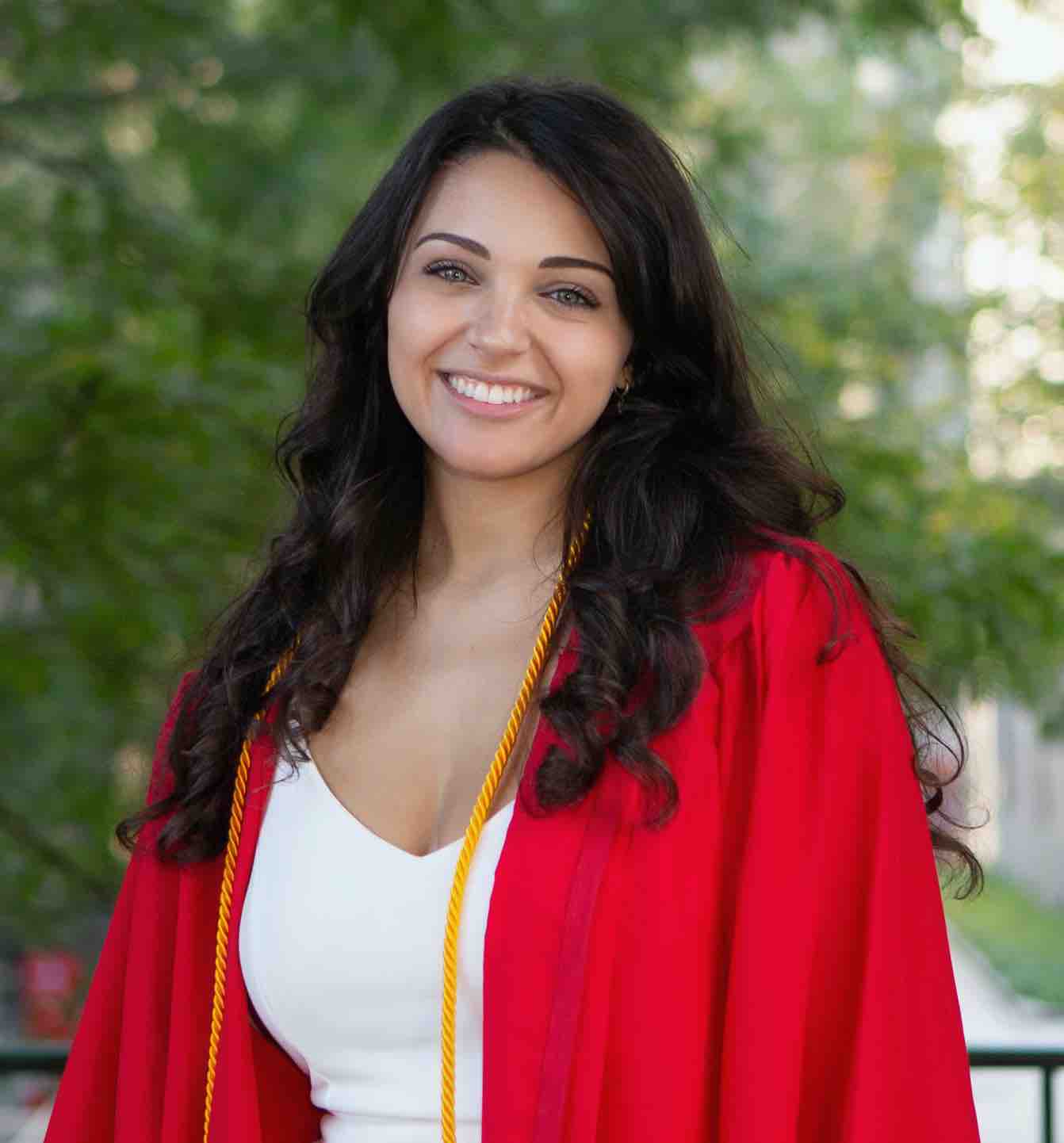Automated Detection Algorithms for Improving Radiotherapy Delivery That Directly Quantify Treatment Errors From Online In Vivo Cherenkov Imaging
S Decker1*, D Alexander1,2, P Bruza1,2, R Zhang1, 3, 4, E Chen5, L Jarvis3,4, D Gladstone1,3,4, B Pogue1,2,3,4, (1) Thayer School of Engineering, Dartmouth College, Hanover, NH, (2) DoseOptics LLC, Lebanon, NH (3) Geisel School of Medicine, Dartmouth College, Hanover, NH, (4)Norris Cotton Cancer Center, Dartmouth-Hitchcock Medical Center, Lebanon, NH (5) Cheshire Medical Center, Keene, NH
Presentations
(Saturday, 3/26/2022) 10:30 AM - 12:30 PM [Central Time (GMT-5)]
Room: Celestin D-E
Purpose: Cherenkov imaging during radiotherapy is used for continuous monitoring of beam delivery to patients, uniquely detecting unwanted treatment incidents. With an overall low incident rate, error detection is ideally suited for automation using metrics that are maximally sensitive to different types of possible errors. For example, patient positioning errors may be flagged by detecting shifts in biological markers (e.g., blood vessels) that appear in the images using machine vision algorithms. The goal of this work is to implement and categorize various algorithms to quantify the extent of various radiotherapy incidents.
Methods: Initial testing for detecting patient positional shifts was systematically performed on an anthropomorphic chest phantom, modified to mimic patient vasculature, and simulated for a breast radiotherapy treatment. At each induced translational shift, Cherenkov images were captured during treatment delivery. Several image similarity metrics were employed to compare the images to a reference image (no shift). Additionally, patient radiotherapy images containing other types of known incidents were analyzed to verify the best detection algorithm for different incident types.
Results: Various image similarity metrics, including mutual information, gamma passing rate, Dice similarity coefficient, and mean distance to conformity were categorized as the optimal detection algorithms for different types of possible radiotherapy incidents. These incidents included errors in patient positioning, motion during treatment, and others which are documented in a retrospective analysis of clinical imaging of over 12,000 fractions. Each individual incident manifested as a unique change in the Cherenkov images, which led to different choices of metrics best suited for automatic detection.
Conclusion: This study indicates that different radiotherapy incidents may be automatically detected by comparing inter-fractional Cherenkov images with a corresponding image similarity metric, varying with the type of incident. Future work will involve determining appropriate thresholds per metric for automatic flagging to warn the treatment team of errors.
Funding Support, Disclosures, and Conflict of Interest: D.A, B.W., P.B., and L.J. have competing interests in DoseOptics LLC. This work has been funded by National Institutes of Health grants R01 EB023909, R44 CA265654 and through the Norris Cotton Cancer Center shared resources grant P30 CA023108.
Keywords
Treatment Verification, Setup Verification, Radiation Therapy
Taxonomy
IM/TH- Image Analysis (Single Modality or Multi-Modality): Computer/machine vision
Contact Email



